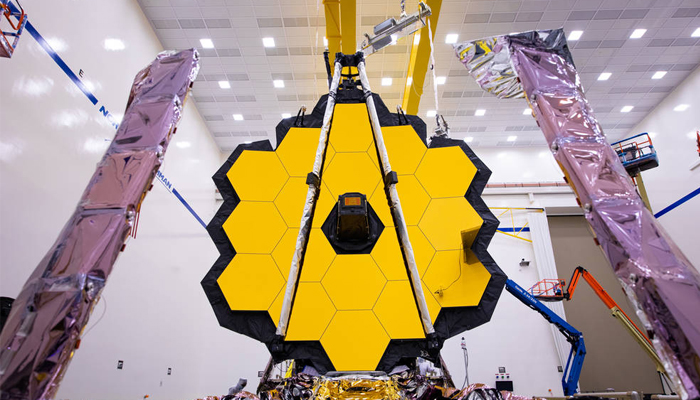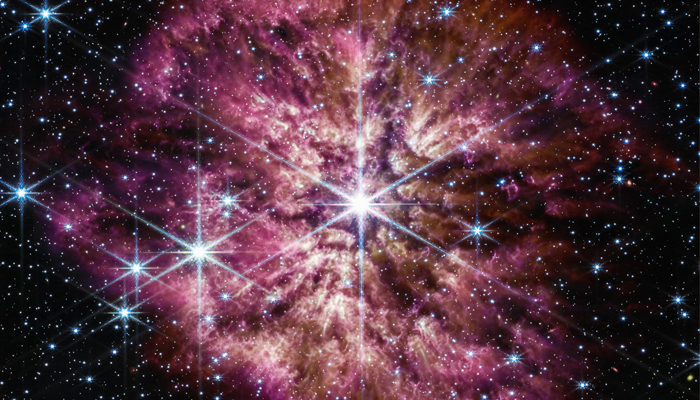NASA to launch Roman telescope capable of capturing extensive space data
Telescope would allow acquiring more information and would help answer riddles about astrophysics, scientist says
March 21, 2023

The amazing James Webb Space Telescope has allowed astronomers to unravel the mysteries of the cosmos as it shared a number of mesmerising pictures of the galaxies.
But scientists from NASA are putting their effort to build another space telescope, bigger than the James Webb. "Nancy Grace Roman Space Telescope" is scheduled to be launched by 2027, Euronews Next reported.
Dubbing it "a new age for astronomy", one of the scientists working on the telescope project said the telescope would allow acquiring more information and would help answer further riddles about astrophysics.
The telescope would provide a more "panoramic view of the universe and allow more statistical studies," said Marco Sirianni, ESA's Science Operations Development Manager, working on the project.
Difference between Roman Telescope, James Webb and Hubble?
As the pictures released last year by James Webb and Hubble, they provide detailed insights and views on small parts of space whereas, Roman, it is said, would give a much broad view of it, creating images 200 times larger than Hubble.
It would be aimed at surveying other objects in space, Sirianni said.

He said that with the Roman telescope, a full picture of a galaxy can be taken in one single shot, unlike Hubble which captures parts of galaxies.
The Andromeda galaxy pictures were taken at least 400 times by Hubble and were put together to make a complete picture of the galaxy. Roman would take the large broad view in a single shot.
While 30 years of Hubble captures have provided us with data of 170 terabytes, from James Webb 1,000 terabytes of data is expected to be collected in just five years.
However, Roman would allow gathering 20,000 terabytes of data in mere five years, the scientists noted, adding that it will allow them to capture billion of galaxies helping scientists create a 3D model of galaxies.
Learning more about cosmos
With these large telescopes, scientists are trying to unravel the hidden mysteries of the universe such as the expansion of the universe, dark matter, dark energy, distances between the galaxies and measurement of the distances among different galaxies.
By acquiring more insights with the help of this modern technological equipment, it may allow scientists to modify theories of space.
Exploration of other solar systems
Among other things, one of the crucial purposes of the Roman telescope is to detect other solar systems with the help of gravitational microlensing.
"If two stars align to each other, the one in front will distort and magnify the light of the star behind. And if the star in the foreground has a planet, we will see the impact of that planet on the light of the star behind it,” Sirianni shared.
He also added that it will provide a "very good" census of how many stars will have exoplanets and the nearest stars of these exoplanets with the help of coronagraph, allowing Roman to take images of Jupiter-like planets with image quality corrections.
If it is successful, it will provide a bottom line to determine the Earth-like plants in other solar systems.











